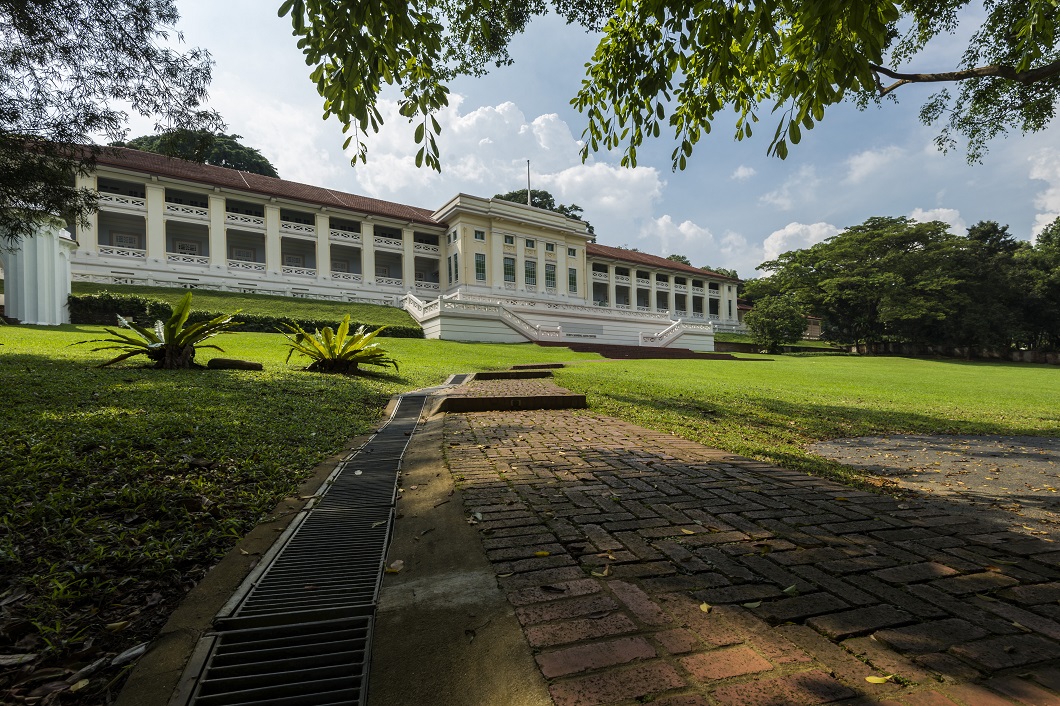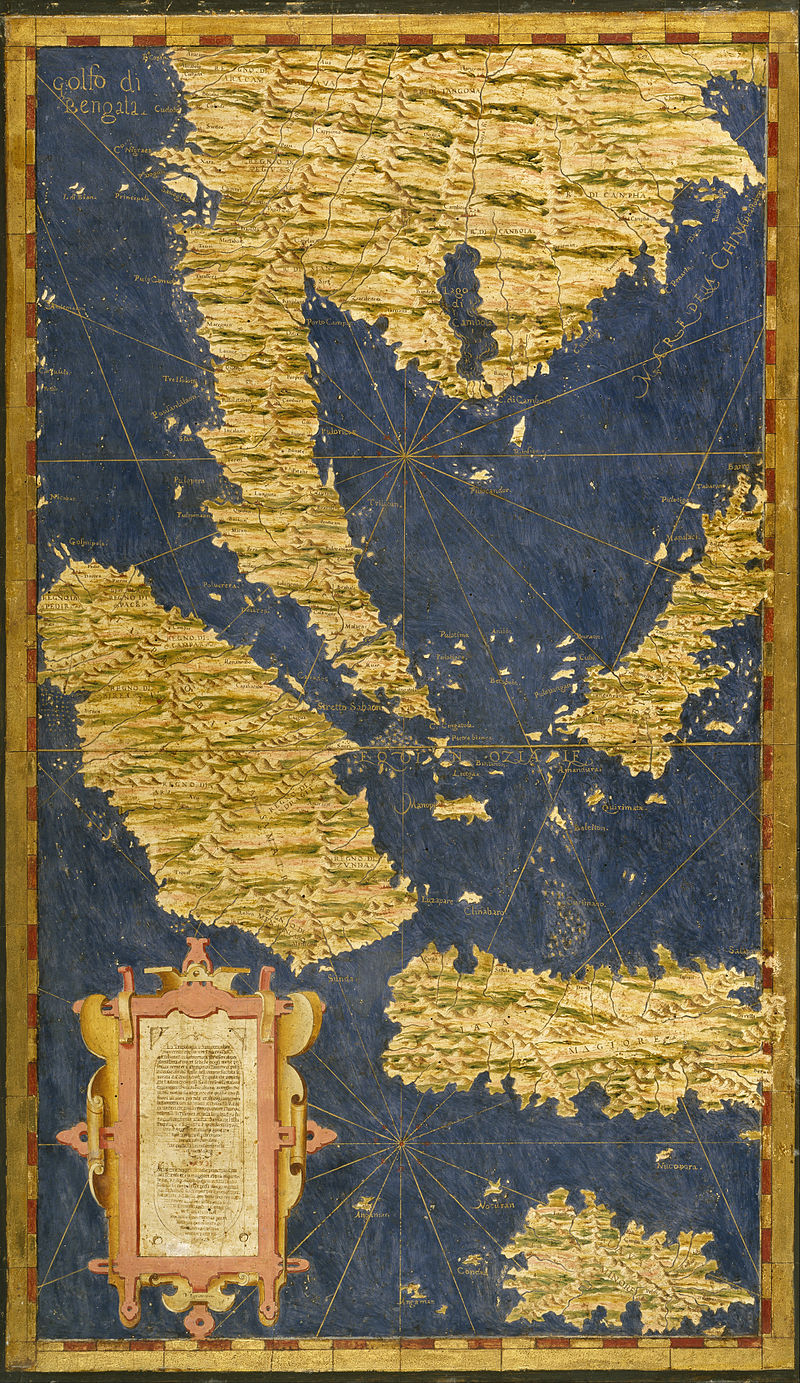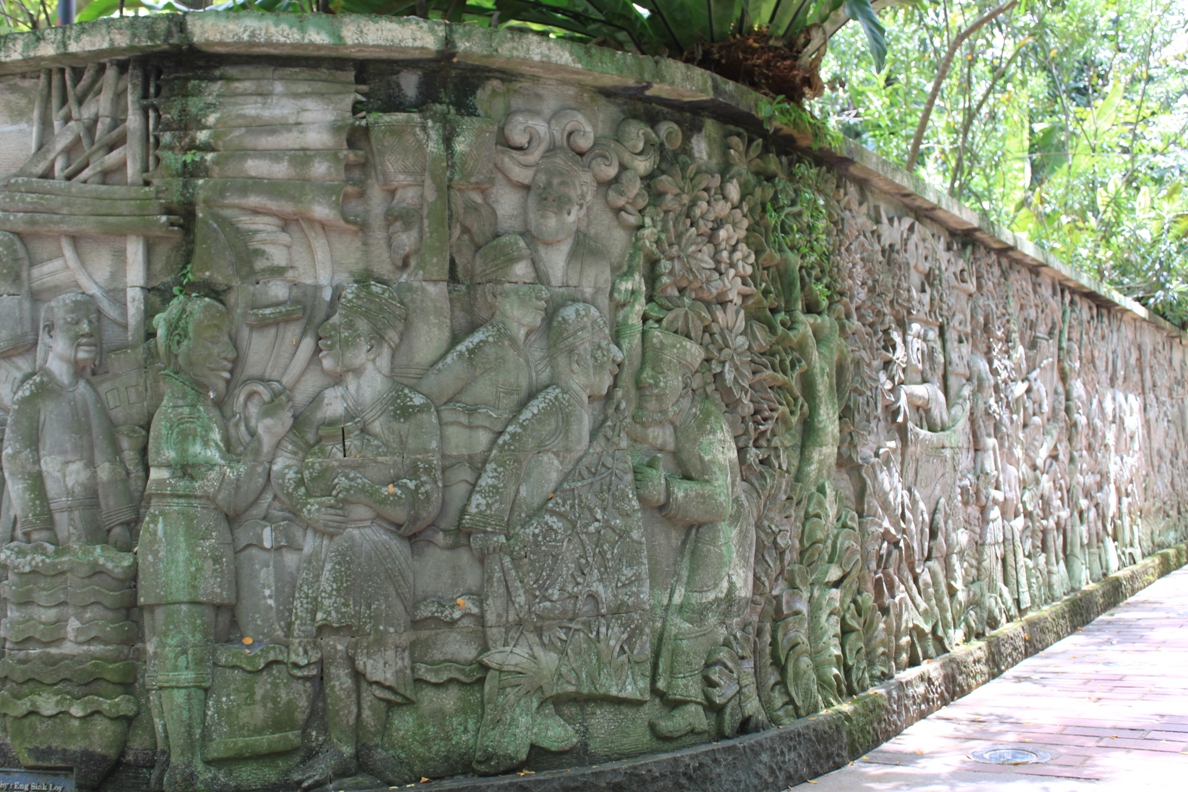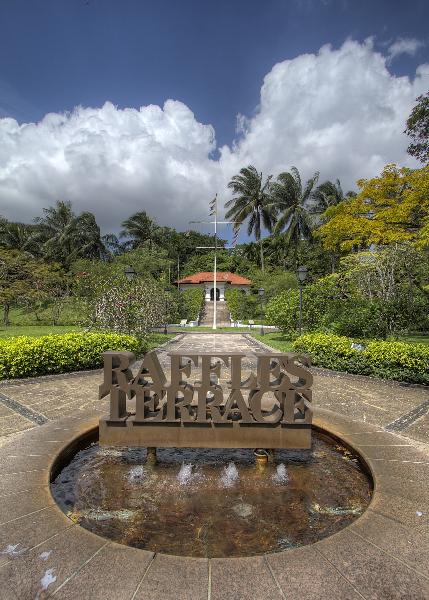
AsianOverland.net
Tour Guide - Itinerary
Asian Overland Sydney to London
Started 22/06/2022 Finished 21/06/2023365 Days ITINERARY
Day 351 date 07/06/2023MALACCA, MALAYSIA to SINGAPORE
ASIANOVERLAND.NET SYDNEY TO LONDON DAY 51/351: SINGAPORE, SINGAPURA
A Chinese account from the third century referred to Singapore as "island at the end of a peninsula."
In 1299, the Kingdom of Singapura was founded on the island by Sang Nila Utama, a prince from Palembang, Sumatra, who was known as "Lord of Three Worlds", Java, Sumatra and Temasek/Singapura.
In the 14th century, Singapore , then known as Temasek, was a trading port under the influence of both the Majapahit Empire and the Siamese kingdoms. Singapore was part of the Indosphere, being areas of Indian influence and culture which stretched from India to present-day Malaysia, Borneo and Indonesia.
At the end of the 14th century, Singapura’s ruler Parameswara was attacked and forced to move to Malacca, where he founded the Sultanate of Malacca. The Singapura main settlement on Fort Canning was abandoned around this time, although a small trading settlement continued in Singapore.
In 1613, Portuguese raiders burned down the settlement, and the island faded into obscurity for the next two centuries, when it was part of the Johor Sultanate. The wider maritime region was under Dutch control following the Dutch conquest of Malacca.
The English name of "Singapore" is an anglicised word for the native Malay name Singapura, derived from the Indian Sanskrit word for "lion city".
The British governor Stamford Raffles arrived in Singapore on 28 January 1819 and chose the island for a new port. The island was then ruled by Tengku Abdul Rahman, the Sultan of Johor, who was controlled by the Dutch. However, the Sultanate was weakened by factional division, and Raffles offered to recognise Tengku Long as the rightful Sultan of Johor, under the title of Sultan Hussein, with a yearly payment of $5000. In return, Sultan Hussein granted the British the right to establish a trading post on Singapore, and a formal treaty was signed on 6 February 1819.
In 1824, a further treaty with the Sultan led to the entire island becoming a British possession. In 1826, Singapore became part of the Straits Settlements, under the jurisdiction of British India, and Singapore became the regional capital of the Straits Settlements in 1836.
Prior to Raffles' arrival, there were only about a thousand people living on the island, mostly indigenous Malays and Chinese. By 1860 the population was 80,000, and more than half were Chinese.
In 1867, the Straits Settlements were separated from British India, and came under the direct colonial control of Britain. In the 1890s, the rubber industry was thriving in Malaya and Singapore, and the island became a global centre for rubber export.
After World War I, the British built the large Singapore Naval Base as part of its defensive Singapore strategy. Announced in 1921, the construction of the base proceeded slowly until the Japanese invasion of Manchuria in 1931. Although not fully completed in 1938, it was nonetheless the largest dry dock in the world, the third-largest floating dock, and had enough fuel tanks to support the entire British navy for six months. The base was defended by heavy 380 mm naval guns stationed at Fort Siloso, Fort Canning and Labrador, as well as a Royal Air Force airfield at Tengah Air Base.
Winston Churchill touted Singapore as the "Gibraltar of the East", and referred to the base as "East of Suez". However, the British Home Fleet was stationed in Europe, and the British did not build a second fleet to protect their interests in Asia. The British plan was for the Home Fleet to sail quickly to Singapore in the event of an emergency. After World War II broke out in 1939, the fleet was fully occupied defending Britain, leaving Singapore vulnerable to Japanese invasion.
During World War 11, the Japanese invasion of Malaya culminated in the Battle of Singapore. When the British force of 60,000 troops surrendered to Japan on 15 February 1942, British Prime Minister Winston Churchill called the defeat "the worst disaster and largest capitulation in British history".
British and Empire losses during the fighting for Singapore were heavy, with a total of 85,000 personnel captured. About 5,000 were killed or wounded, the majority being Australians. Japanese casualties during the fighting in Singapore amounted to only 1,714 killed and 3,378 wounded. The occupation was a major turning point in the histories of Japan, Britain, and Singapore. Japanese newspapers triumphantly declared the victory as deciding the war.
Between 5,000 and 25,000 ethnic Chinese people were killed in the subsequent Sook Ching massacre. Britain said it planned to liberate Singapore in 1945, but the war ended before any liberation operations were carried out.
Singapore, Sarawak, North Borneo, and the Federation of Malaya, formed the Federation of Malaysia in 1963. After the merger, the Singaporean government and the Malaysian central government disagreed on many political and economic issues, mainly due to Malay/Chinese prejudices and racial division. Despite an agreement to establish a common market, Singapore was restricted from trading with the rest of Malaysia, leading to racial communal strife in Singapore, culminating in the 1964 race riots.
On 7 August 1965, Malaysian prime minister Tunku Abdul Rahman advised the Parliament of Malaysia that it should vote to expel Singapore from Malaysia. On 9 August 1965, the Malaysian Parliament voted 126 to 0 to amend the constitution, expelling Singapore from Malaysia, which left Singapore as a newly independent country.
© This work is copyright. Apart from any use permitted under the Copyright Act 1968, no part may be reproduced by any process, nor may any other exclusive right be exercised, without the permission of Peter Searle, peter@portseavillageresort.com; 1980-2024.
Website built by Justin O’Dea www.webdeveloperdocklands.com.au





.jpg)